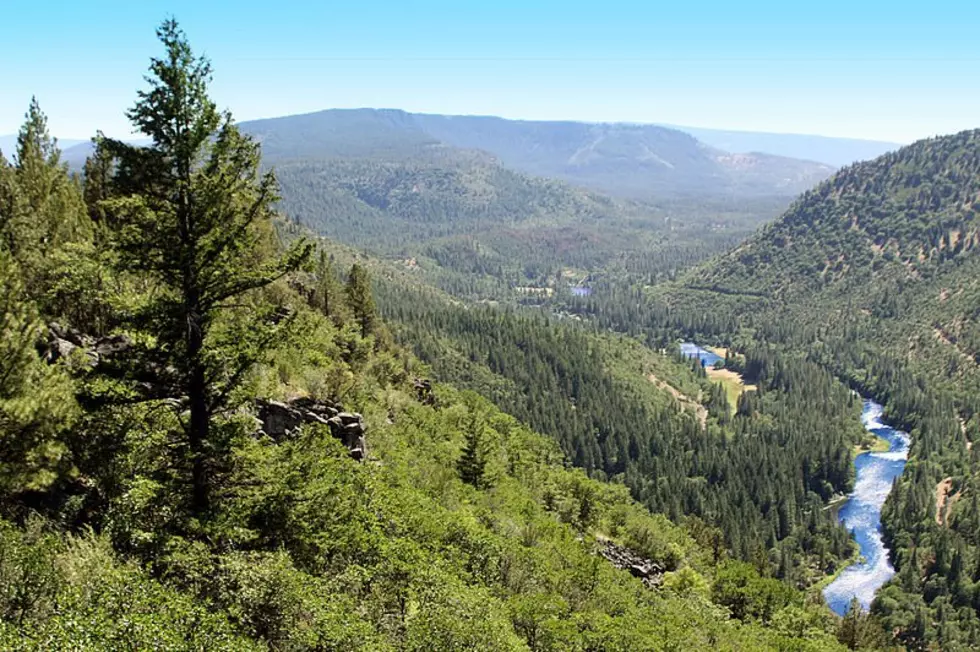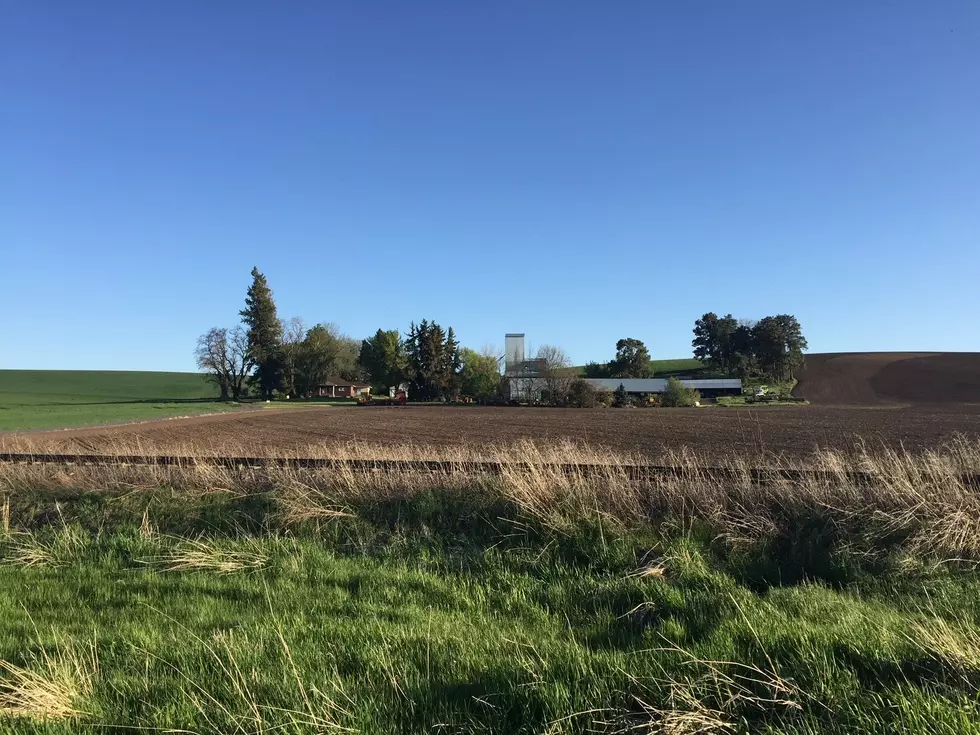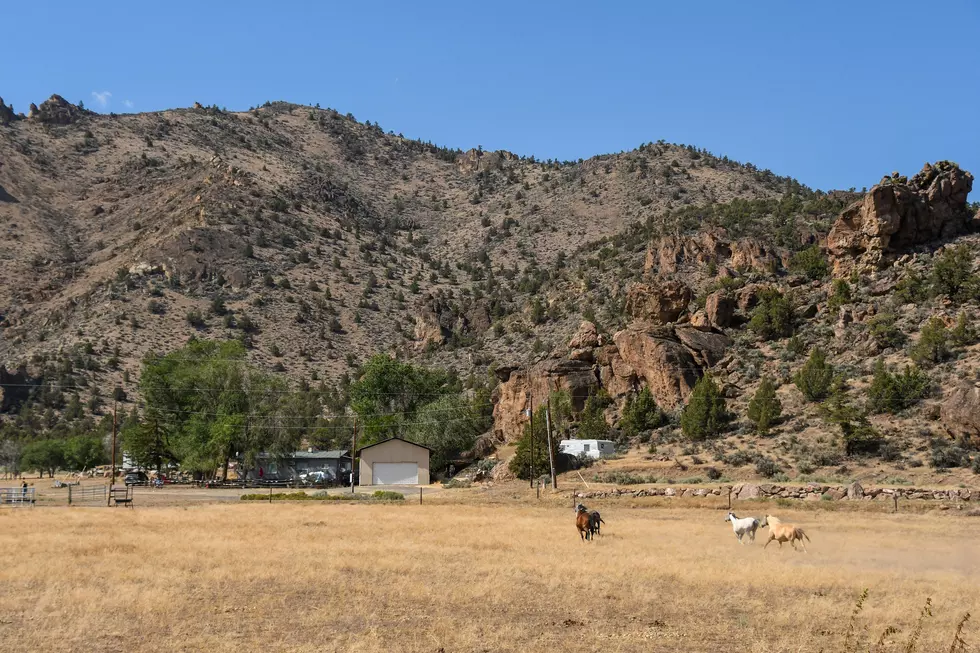
PNW Achieving Carbon-Free Goals
Vancouver, WA – After 13 months at the negotiating table, the Biden Administration shared the next step in the process of seeking solutions in balancing our region’s energy, climate, salmon recovery, resiliency, food security, and economic goals as they relate to the ongoing operations of the Federal Columbia River Power System. In a Presidential Memorandum, President Biden acknowledged the region must meet its commitments for reliable carbon-free electricity, for agriculture, and for salmon:
“In recognition of these priorities, it is the policy of my Administration to work with the Congress and with Tribal Nations, States, local governments, and stakeholders to pursue effective, creative, and durable solutions, informed by Indigenous Knowledge, to restore healthy and abundant salmon, steelhead, and other native fish populations in the Basin; to secure a clean and resilient energy future for the region; to support local agriculture and its role in food security domestically and globally; and to invest in the communities that depend on the services provided by the Basin’s Federal dams to enhance resilience to changes to the operation of the CRS, including those necessary to address changing hydrological conditions due to climate change.”
These multiple objectives of fighting climate change, restoring salmon, and ensuring healthy agriculture through a robust hydropower system are at the foundation of Northwest RiverPartners’ goals for the region.
While we are encouraged by the Biden Administration's commitment to these multiple objectives made possible by the hydropower system, we are disappointed the Memorandum ignores the fact that much of the work has already been accomplished through the development of the 2020 Columbia River System Operation Final Environmental Impact Statement (CRSO FEIS) and corresponding Biological Opinion. As the most robust multi-objective study the region has undertaken, the CRSO FEIS demonstrates the best ways to achieve the multiple objectives articulated by the Administration and should form the basis for any future decisions.
In response to today’s announcement by the Biden Administration, Kurt Miller, executive director of Northwest RiverPartners issued the following statement:
“Today’s announcement is bittersweet. Northwest RiverPartners applauds the Biden Administration for going on record as recognizing the unique and essential role the region’s hydroelectric dams, including the Lower Snake River Dams, play in helping us meet our clean energy, climate, economic, and salmon recovery objectives. Unfortunately, the Memorandum released today builds on and extends a flawed process that has denied affected stakeholders and the public a meaningful role. Any further effort to develop a plan to achieve the multiple objectives articulated by the Memorandum must allow for and facilitate greater involvement by affected stakeholders.
The issues of energy affordability, reliability, and decarbonizing our grid must be central to any plan development going forward. We urge the Biden Administration to embrace the importance of affordable energy for the Pacific Northwest. Over 25% of our region qualifies as energy burdened. The Biden Administration should consider potential impacts to these people, including within the context of the Administration’s own Justice 40 Initiative as it considers plan development going forward. Multiple studies have shown that the energy replacement costs if the Lower Snake River dams were destroyed would be $15 billion or more. That doesn’t count the billions in additional costs for agriculture and shipping.”
Additionally, a more inclusive and science-based dialogue regarding salmon recovery standards and the timeframe for achieving them needs to be part of plan development going forward. In a mid-May 2023 public interview, Richie Graves, NOAA’s Columbia Hydropower Branch Chief noted:
For every 100 young chinook and steelhead that head downstream and past the four dams every spring, about 75 survive. “That’s pretty good,” said Ritchie Graves, Columbia Hydropower Branch chief for the National Oceanic and Atmospheric Administration. “In a lot of river systems, that would be something they would shoot for.” For each of the four dams, NOAA maintains a separate survival standard for juvenile salmon heading downstream. The agency wants 96% survival for yearling chinook and steelhead, and 93% for “subyearling” chinook less than a year old. The dams are achieving those performance standards, Graves said. For adult fish swimming upstream, the survival rate is above 90%.[i]
But in a separate, unauthored report that included inputs from plaintiffs to the litigation, others at NOAA defined the recovery standard differently. And an increasing body of research is demonstrating that the greatest threat to salmon survival is climate change. Before a plan can be developed, scientific metrics used to measure success must be established and agreed to. Today they are not.
Miller continued, “We have one shot at responding to climate change. Our hydroelectric dams play an essential role in meeting the challenges we – and the salmon – confront with climate change. This must remain a central pillar of the Administration’s efforts going forward.”
Here Are the 11 Most Popular Outdoor Activities to Enjoy in WA State
More From PNW Ag Network









